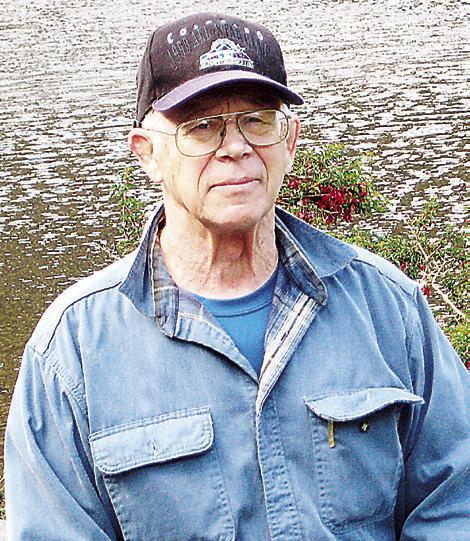
Moe Johnson Running with Moe
History of the NAU Cross Country Team
I had mentioned a few weeks ago about getting the book ‘Running Up The Mountain’ about the success of the Northern Arizona University cross country team. I had an interest because the team started up when a teammate of mine in football and track became the head coach in 1964. I was there for four of those start up years as the wrestling coach and professor in physical education. The book continues on through the years, right up to 2022 about the different runners that made the team so successful. It goes into the personality of the runners and the training methods they followed.
The fascinating point about running in Flagstaff, Arizona, is that it is a town that has made running a major part of the community. The city is at 7,000 feet in elevation and is considered the number one location to train for long distance track and cross country. There are some professional running teams that are part of the community. An example of how the city considers the importance of running was when a development company wanted to buy an abandoned park that the running community used for training. The city voted against the company buying the park so that the runners could continue to train in that location. Since Flagstaff is located 7,000 feet in elevation it is also one of the top research areas for studying the effect of high altitude training. Of course, not all of this growth came without some political battles within the University administration and the changing of coaches over the years.
The key to success was the attitude established by the team members themselves. The welcome of new members of the team to make them feel like they fit in was one tradition that has been maintained. And with any team that is successful it makes it easier for recruiting top runners. The success of bringing in top runners from other countries was a major factor as well. Most of the book highlights the men’s cross country team success but stories of the women’s cross country team is also covered. With the exception of one year in 2004 the men’s team has always finished in the top 20 teams in the country dating back to 1971. The women’s team has always finished in the top 15 teams except for three years dating back to 1987 when the team was first starting. The men’s team has been number one six of the last seven years and at last report were number one this year also. Year 2019 at second.
The sections reporting the training methods of the coaches and the effort by the athletes to achieve that number one status is some fascinating reading. The title, ‘Running Up The Mountain’ sums it up very well. There were a few workouts where they would take the team down from the mountain to Prescott, and let them know and appreciate what the training at high altitude has accomplished. Trips starting out at 7,000 feet elevation and then running up the mountains in the area to increase the elevation and less oxygen to breathe were all part of the training to make the team number one in the country.
The one training program that was most interesting was a workout the team called the ‘Lumberjack’. This was a form of interval training on the track. It consisted of three bouts of four 400 meter intervals. The first part of the interval was a 400 meter run starting every 2:30 minutes. If the runner ran a 65 second 400 meter run they were able to rest for 85 seconds before the second 400 meter run. After four intervals every 2:30 minutes the runners were given a two minute rest before they had a 10 minute pace run – which was equivalent to running two miles at a 5:00 minute pace. Then another two minute rest and repeat the four 400 meter intervals every 2:30 minutes. Then one more 10 minute pace run of two miles at that 5:00 minute pace. The runners then had another two minutes rest before they finished the third four 400 meter intervals every 2:30 minutes. Seven miles of fast running.
Having run my share of intervals on the high school track during my running days I found this workout of intervals and pace runs almost unbelievable – especially at a 7,000 feet elevation. Having gone through the high elevation acclimatization and the difference between the first run and several months later made reading the book one enjoyable read. Highly recommend it for runners.











